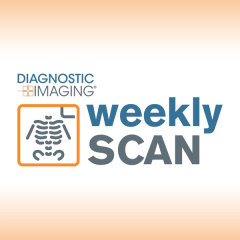
AI Coverage
Latest News
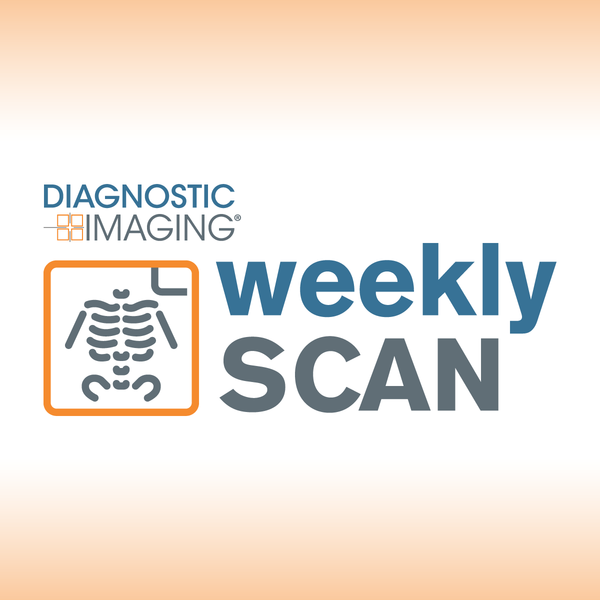
Diagnostic Imaging's Weekly Scan: November 30 — December 6

Assessing the Potential Impact in Radiology for GE HealthCare’s Acquisition of Intelerad

Mammography Study: Can Slab Reconstruction Technology Reinvent Efficiency with DBT?

Video: Could an Emerging MRI Contrast Agent Be a Viable Option for Pediatric Patients?

RSNA: CCTA Study Reveals Link Between Common Air Pollutants and Coronary Artery Stenosis

Shorts










Podcasts
Videos
All News
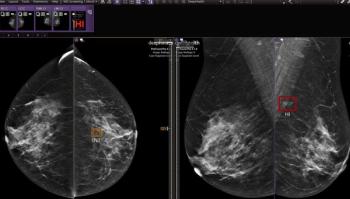
The Breast Suite software reportedly provides automated localization of regions of interest on mammograms as well as AI-enabled assessments of breast density and stratification of breast cancer risk for up to two years.
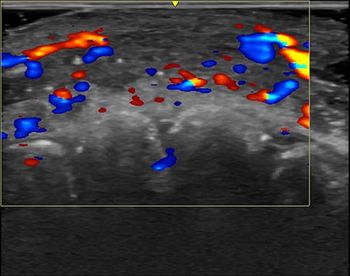
Absent flow to perforator vessels in the face occurred in over 40 percent of women who had cosmetic fillers, according to new vascular ultrasound research presented at the RSNA conference.

Preliminary research has shown that the Vanquish Water Vapor Ablation System eliminated MRI-visible intermediate-risk PCa in over 90 percent of patients.
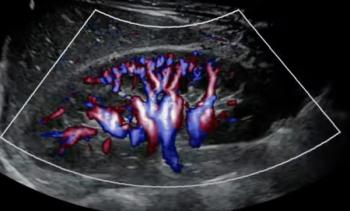
The Resona A20 device reportedly provides advances in imaging and AI automation along with an intuitive ergonomic design for ease of use.

In a recent interview at the RSNA conference, Constance Lehman, M.D., Ph.D., discussed new research, which compared image-based AI for mammography versus breast density assessment in evaluating breast cancer risk.

In lieu of compensation bumps and increased PTO, awareness of a points-based system for job performance may provide an alternate motivational spark.
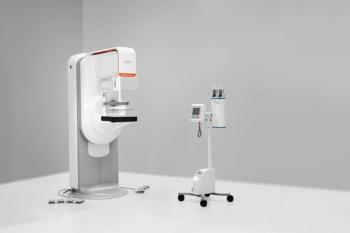
The addition of ClearCEM to Mammomat B.brilliant devices reportedly enhances differentiation of suspicious areas in image reconstruction and facilitates improved accuracy with tomosynthesis-guided biopsies.

In a recent interview, Stamatia Destounis, M.D., discussed new research, which showed that over 20 percent of breast cancer was detected in women under 50 years of age and that 80 percent of these cases involved invasive breast cancer.
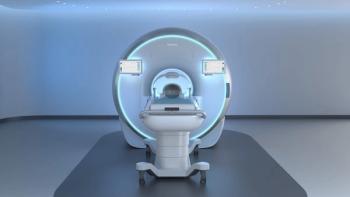
Reportedly the first MRI platform with a helium-free 3T magnet, the BlueSeal Horizon device offers a variety of AI-powered features as well as enhanced 3D image reconstruction.
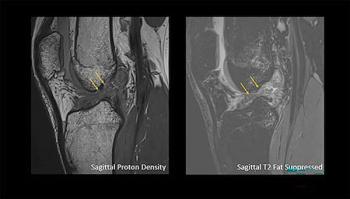
In a study of over 13,000 patients who presented with knee pain, MRI data demonstrated a 20 percent higher prevalence of anterior cruciate ligament (ACL) tears in men than women.

Catch up on the most well-viewed video interviews from Diagnostic Imaging in November 2025.
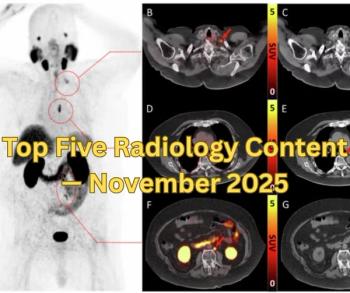
Catch up on the most-well viewed radiology content in November 2025.

The combination of deep learning and iterative reconstruction with Pristina Recon DL may enhance image quality with digital breast tomosynthesis.
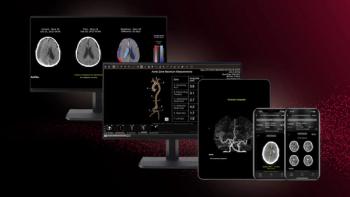
The new FDA 510(k) clearances for RapidAI include Rapid LMVO, which facilitates assessment of ischemic stroke, and Rapid MLS, which aids in the quantification of midline shifts with potential brain injuries.








































